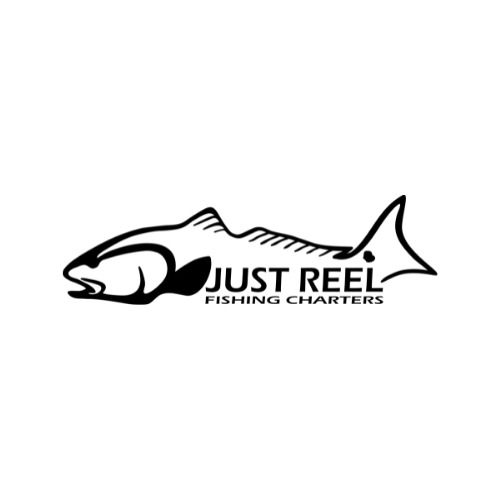Hurricane Elsa passes, time to target mangrove snapper
Now that Anna Maria Island has dodged another bullet — this one being hurricane Elsa — it’s time to get back on the water and do some fishing.
It’ll probably take a few days for the waters to settle and become clear again, which can make fishing challenging, but with a little know-how and some good luck, you should be able to find success on the water.
In July, we typically start seeing mangrove snapper making a showing in Tampa Bay. These hungry snapper show up around rock piles, reefs, piers, bridges boat wrecks and even on the deeper grass flats of the bay, gorging themselves on the vast schools of hatch bait such as Spanish sardines, scaled sardines, shiners and glass minnows.
The average size of these “bay” snapper is around 15 inches, but with a daily limit of five fish per person, they are favorite among anglers wishing to have a fish dinner. The minimum size on mangrove snapper is a mere 10 inches, but most captains release these smaller mangoes with hopes of bigger ones.
You can catch the snapper using various baits. Small shiners or hatch baits seem to be consistently the best, although carrying live shrimp is always smart. At times these snapper can get finicky. Combine these baits with 20-pound fluorocarbon leader —or less if you can stand it — and a small circle hook and you’re off to a good start. If you’re bottom fishing, add some weight to the rig and try your luck.
Stealth is key as these snapper tend to be quite smart. Chumming for them is a good way to coax them into making a mistake of taking your hook. In these scenarios, the light leader and small hook will prove its worth. And once hooked, the snappers put up quite a fight on light to medium spinning tackle. In fact, it’s quite surprising how hard they fight for their size.
So, if you’re itching to get out on the water, you may want to rig up for some snapper fishing in Tampa Bay.

